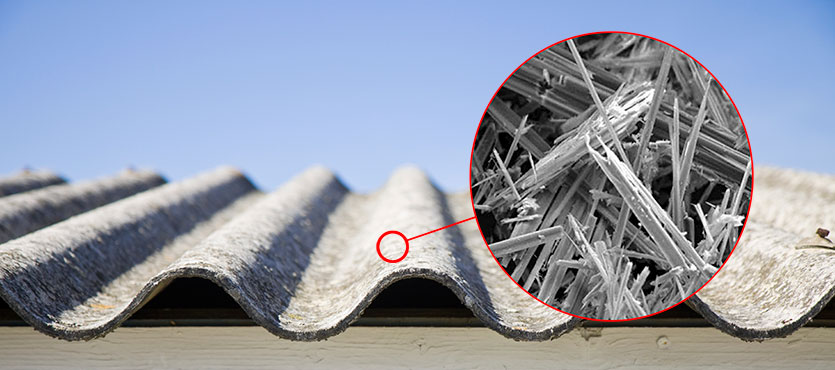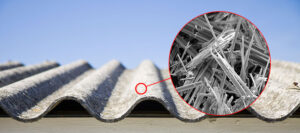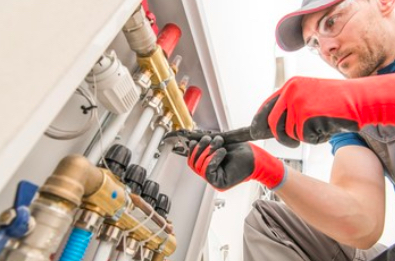Florence Landscaping is an art and science that combines aesthetic principles with environmental awareness to create harmonious outdoor spaces. It involves the strategic arrangement of plants, trees, shrubs, hardscape features, and water elements to enhance both the beauty and functionality of a given area.
Whether for residential, commercial, or public spaces, landscaping serves as a crucial component in improving the quality of life, promoting biodiversity, and fostering a sense of tranquility. The essence of landscaping lies in the thoughtful integration of natural and artificial elements to create a cohesive and sustainable environment that not only pleases the eye but also serves practical purposes.
One of the primary objectives of landscaping is to establish visual appeal through the use of various design principles. These include balance, proportion, unity, contrast, and rhythm. Balance ensures that elements are distributed in a way that creates a sense of equilibrium, while proportion ensures that the different features are appropriately sized in relation to each other. Unity brings together different components to form a seamless design, whereas contrast adds visual interest by incorporating varying textures, colors, and shapes. Rhythm in landscaping involves the repetition of certain elements to create a sense of movement and continuity. By adhering to these principles, landscapers can craft outdoor spaces that are both aesthetically pleasing and functionally efficient.
In addition to its visual impact, landscaping also plays a significant role in environmental conservation. Thoughtful landscape designs contribute to the preservation of natural habitats, support local wildlife, and improve air quality. Strategic placement of trees and plants helps reduce soil erosion, improve water retention, and minimize the impact of extreme weather conditions. By incorporating native plant species, landscapers can create sustainable ecosystems that require less maintenance and water, reducing the overall ecological footprint of a project. Furthermore, well-designed landscapes can serve as effective noise buffers, reducing sound pollution in urban and suburban areas.
Landscaping also has a profound impact on mental and physical well-being. Green spaces are known to reduce stress levels, improve mood, and enhance cognitive function. Access to landscaped environments encourages outdoor activities such as walking, jogging, and gardening, which contribute to overall health and fitness. In urban settings, landscaped parks and gardens provide residents with a much-needed escape from the hustle and bustle of daily life, fostering a sense of peace and relaxation. The presence of greenery has also been linked to improved air quality, which in turn promotes respiratory health and overall well-being.
The process of landscaping involves a series of steps that ensure the successful transformation of an outdoor space. It begins with site analysis, where factors such as soil composition, climate, drainage, and existing vegetation are assessed. This information helps in determining the most suitable plants and materials for the project. Design planning follows, where sketches, models, and digital renderings are created to visualize the final outcome. Once the design is finalized, the implementation phase begins, involving tasks such as soil preparation, planting, installation of hardscape elements, and irrigation system setup. Maintenance is a crucial ongoing aspect of landscaping, requiring regular pruning, watering, fertilization, and pest control to keep the landscape thriving.
Hardscaping is an essential component of landscaping, referring to the use of non-living elements such as pathways, patios, retaining walls, and decorative structures. These features not only add functionality to an outdoor space but also provide structural support and define different areas within the landscape. Properly designed hardscape elements enhance accessibility, improve drainage, and create visually striking focal points. The selection of materials for hardscaping, such as stone, wood, concrete, or metal, depends on factors such as durability, climate suitability, and aesthetic preference. Integrating hardscape features with softscape elements, which include plants and trees, results in a balanced and inviting outdoor environment.
Water features are another integral part of landscaping, adding an element of tranquility and natural beauty. The inclusion of ponds, fountains, waterfalls, and streams enhances the sensory experience of an outdoor space, creating a soothing ambiance. Water features also attract beneficial wildlife, such as birds and pollinators, contributing to the ecological health of the area. Sustainable landscaping practices often incorporate rainwater harvesting systems, which collect and store water for irrigation, reducing dependency on external water sources. By utilizing efficient irrigation techniques such as drip irrigation and rain sensors, landscapers can minimize water wastage and promote responsible water management.
Seasonal variations play a crucial role in landscaping, influencing plant selection, maintenance schedules, and overall design considerations. A well-planned landscape accounts for changing weather conditions and ensures year-round visual appeal. This involves choosing a mix of evergreen and deciduous plants, incorporating seasonal flowers, and planning for the natural cycles of growth and dormancy. Mulching is a valuable technique that helps retain soil moisture, regulate temperature, and suppress weed growth, making it an essential component of seasonal landscaping maintenance. Additionally, proper pruning and fertilization schedules ensure that plants remain healthy and vibrant throughout the year.
Sustainability is becoming an increasingly important aspect of modern landscaping. Eco-friendly landscaping practices focus on reducing environmental impact while maximizing benefits to the ecosystem. This includes using organic fertilizers, selecting drought-resistant plants, implementing composting techniques, and minimizing the use of chemical pesticides. Sustainable landscapes also prioritize energy efficiency by strategically placing trees and shrubs to provide shade, reducing the need for artificial cooling. Incorporating green roofs and vertical gardens in urban areas further contributes to environmental sustainability by improving air quality, reducing heat absorption, and increasing biodiversity.
Landscaping extends beyond aesthetics and functionality; it also holds cultural and historical significance. Many traditional landscaping styles reflect the values, beliefs, and artistic expressions of different societies. From meticulously designed gardens that symbolize harmony and balance to landscapes that incorporate sacred and spiritual elements, landscaping has long been a medium for cultural storytelling. Public parks, botanical gardens, and heritage sites often showcase landscaping techniques that have been passed down through generations, preserving the historical essence of a place while adapting to contemporary needs.
The economic benefits of landscaping are also noteworthy. Well-maintained landscapes enhance property value, attract customers to commercial establishments, and contribute to tourism. A thoughtfully designed landscape increases curb appeal, making properties more desirable to potential buyers or tenants. Businesses benefit from attractive outdoor spaces by creating inviting environments that encourage customer engagement and prolong visits. In urban development, landscaped areas contribute to the overall aesthetic and economic growth of a community, fostering a sense of pride and belonging among residents.
The future of landscaping is evolving with advancements in technology and sustainable practices. Smart irrigation systems, automated maintenance tools, and eco-friendly materials are revolutionizing the way landscapes are designed and maintained. The integration of digital tools such as 3D modeling and virtual reality allows designers and clients to visualize projects with greater accuracy before implementation. As environmental concerns continue to grow, landscaping will play a crucial role in mitigating climate change effects by promoting green spaces, reducing carbon footprints, and enhancing urban resilience.
Landscaping is a multifaceted discipline that combines creativity, environmental consciousness, and functionality to transform outdoor spaces into thriving ecosystems. Its benefits extend beyond aesthetics, influencing mental and physical well-being, environmental sustainability, cultural heritage, and economic prosperity. Whether through residential gardens, public parks, commercial landscapes, or urban green spaces, landscaping continues to shape the way people interact with nature and their surroundings. By embracing sustainable practices, innovative technologies, and thoughtful design principles, landscaping will remain an essential element in creating healthier and more harmonious environments for generations to come.







:max_bytes(150000):strip_icc()/DIAMONDRAW474-1ba03430361a41d88cabf2dd07150599.jpg)









